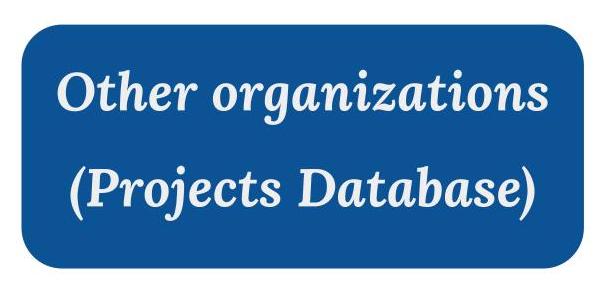Community / Land projects / UNDP: The Sahel Resilience Project 2: DRR CC Adaptation for Resilience in Sahel
UNDP: The Sahel Resilience Project 2: DRR CC Adaptation for Resilience in Sahel

€0
06/23 - 06/25
Activo
This project is part of
Implementing Organisations
Donors
Data Providers
General
The seven Sahel countries (Burkina Faso, Chad, Mali, Mauritania, Niger, Nigeria and Senegal) are facing multiple interlinked shocks and stressors: climate induced factors as recurrent droughts and flooding, land degradation, high levels of food insecurity and malnutrition, rising insecurity, unequal access to basic services, poorly integrated markets and displacement. As in its first phase the project aims to build increased resilience to climate induced shocks and crisis in the Sahel (and Africa) by enhancing the implementation of the Sendai Framework for Disaster Risk Reduction (SFDRR) thus strengthen the policy and institutional capacities at regional and national levels to better manage multidimensional risks through device mechanisms that anticipate and respond to the challenges the region faces. The project aimed to achieve results by the five outputs: 1) Increased capacity on tracking and monitoring progress on Sendai Framework and AU Program of Action implementation through enhanced data collection, analysis and reporting system; 2) Strengthened regional and multicountry regulatory, policy and budgetary frameworks for translating disaster and climate data into risk informed development planning and budgeting; 3) Enhanced regional recovery and resilience building processes that address underlying disaster and climate change risks and restore pathways to sustainable development in the Sahel Countries; 4) Enhanced Regional Capacities for Urban Risk Management in West Africa; and 5) Enhanced innovations and knowledge on risk informed development through Regional Dialogue and SouthSouth exchange.
Objectives
The Sahel resilience project phase 1 and this phase 2 aims to build increased resilience to shocks and crisis in the Sahel (and Africa) by strengthen the policy and institutional capacities at regional and national levels to better manage multidimensional risks through device mechanisms that anticipate and respond to the challenges the region faces by enhancing the implementation of the Sendai Framework for disaster risk reduction (SFDRR). The Project's expected outcome is that Regional institutions and national governments institutionalize and domesticate risk-informed development planning, programming, and investment for resilience building. This will integrate risk reduction in planning and investment decisions. This is done through the following results (outputs): Output 1: Increased capacity on tracking and monitoring progress on Sendai Framework for Disaster Risk Reduction (SFDRR) and AU Programme of Action implementation in the Sahel region through enhanced data collection, analysis, and reporting systems Output 2: Strengthened regional and multi-country regulatory, policy, and budgetary frameworks for translating disaster and climate data into risk-informed development Output 3: Enhanced regional recovery and resilience-building processes that address underlying disaster and climate change risks and restore pathways to sustainable development in the Sahel countries Output 4: Enhanced regional capacities for urban risk management Output 5: Enhanced innovations and knowledge on risk-informed development through Regional Dialogue and South-South exchange (i) Disaggregated climate and disaster risk information must be collected, analyzed and utilized to inform the planning and investment decisions made by the national governments and the society; (ii) A conducive policy environment must be in place to guide and enhance capacities of regional and national institutions in the Sahel to understand and translate disaster and climate risk information into decision making processes for development that leave no-one behind; (iii) Sahel regional institutions, national governments and community members have systems and mechanisms in place to manage future recovery processes in a manner that is effective and promotes long-term resilience building; and (iv) Urban areas, which are the powerhouse for economic development, have robust urban risk management systems to respond and adapt to the increasing climatic and disaster risks such that it offers itself as a sustainable engine of transformation.




